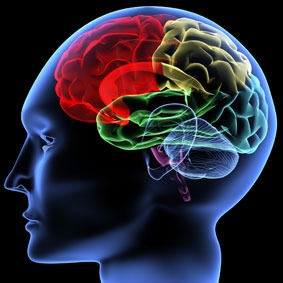 A new study has found that public messaging for stroke needs to be tailored to include advice on transient ischaemic attacks (TIA) and minor stroke as extensive FAST-based public education has not improved the response to TIA and minor stroke in the UK. However, the study did show that the initiative did increase the awareness and response for major stroke.
A new study has found that public messaging for stroke needs to be tailored to include advice on transient ischaemic attacks (TIA) and minor stroke as extensive FAST-based public education has not improved the response to TIA and minor stroke in the UK. However, the study did show that the initiative did increase the awareness and response for major stroke.
The current FAST acronym has been used in ongoing public awareness campaigns in the UK since the beginning of April 2009 and highlights certain symptoms of stroke (facial drooping, arm weakness, speech difficulties and the need for quick treatment). This, however, has had little or no effect on the use of emergency medical services and patient delay in seeking medical attention for minor strokes or TIA.
The study is based on findings from the Oxford Vascular Study and the result were published in JAMA Neurology.
Time to first seeking medical attention after TIA and minor stroke was similar before and after April 1, 2009, the beginning of the televised FAST campaign. When left untreated approximately 5% of patients with TIA or minor stroke have a major stroke within 24 hours.
Peter Rothwell, corresponding author and Head of the Centre for the Prevention of Stroke and Dementia at the University of Oxford, UK, said, “We were surprised to see that although the campaign worked well for behaviour after more major stroke, patients were still slow to act on, or ignored completely, the symptoms of minor events. It was almost as though the messages from the campaign about major stroke had falsely reassured them that the more minor event that they had experienced was probably nothing to worry about.”
In the study 504 strokes occurred without collapse or loss of consciousness, 452 (89.7%) had one or more FAST symptoms, as opposed to only 504 of 799 (63.1%) patients initially seen with TIA and 498 of 811 (61.4%) patients with minor stroke.
The study also highlighted the success of the FAST initiative, showing that from 2009 the use of non-emergency services for major stroke declined from steeply and the use of emergency services has increased. The use of emergency services before April 2009 was 58.8% compared to 78.9% after. Patients with the correct perception of their symptoms sought medical attention more quickly (241 of 458 [55%]).
Rothwell explains, “The key message of the study is that if you have a minor ‘warning’ event the risk of a more major stroke over the next week is about 10% if you are not treated. However, that risk is reduced by 80% if simple medical treatments are started urgently. So – the main implication is that we still need to work to get people not to delay seeking attention if they have sudden-onset transient neurological symptoms that they haven’t had before – get checked”
The percentage of strokes that followed shortly after an initial TIA for which no medical attention was sought remained unchanged after the FAST campaign. This represents approximately 100 potentially preventable strokes per one million people per year, or 6,564 preventable strokes in the UK annually.
The authors write, “This highlights the need for effective public education to be tailored to transient and minor stroke symptoms, as well as major stroke.”
Rothwell added, “Campaigns rightly stress the need to seek emergency medical attention if you have signs of a major stroke. The symptoms of TIA and minor stroke are very similar – but just less severe and more transient (often only minutes). Current campaigns would need to add that message at the end of the TV advert or poster – ‘and don’t ignore symptoms that might be a small ‘warning stroke’ either – that is an emergency too.’”













